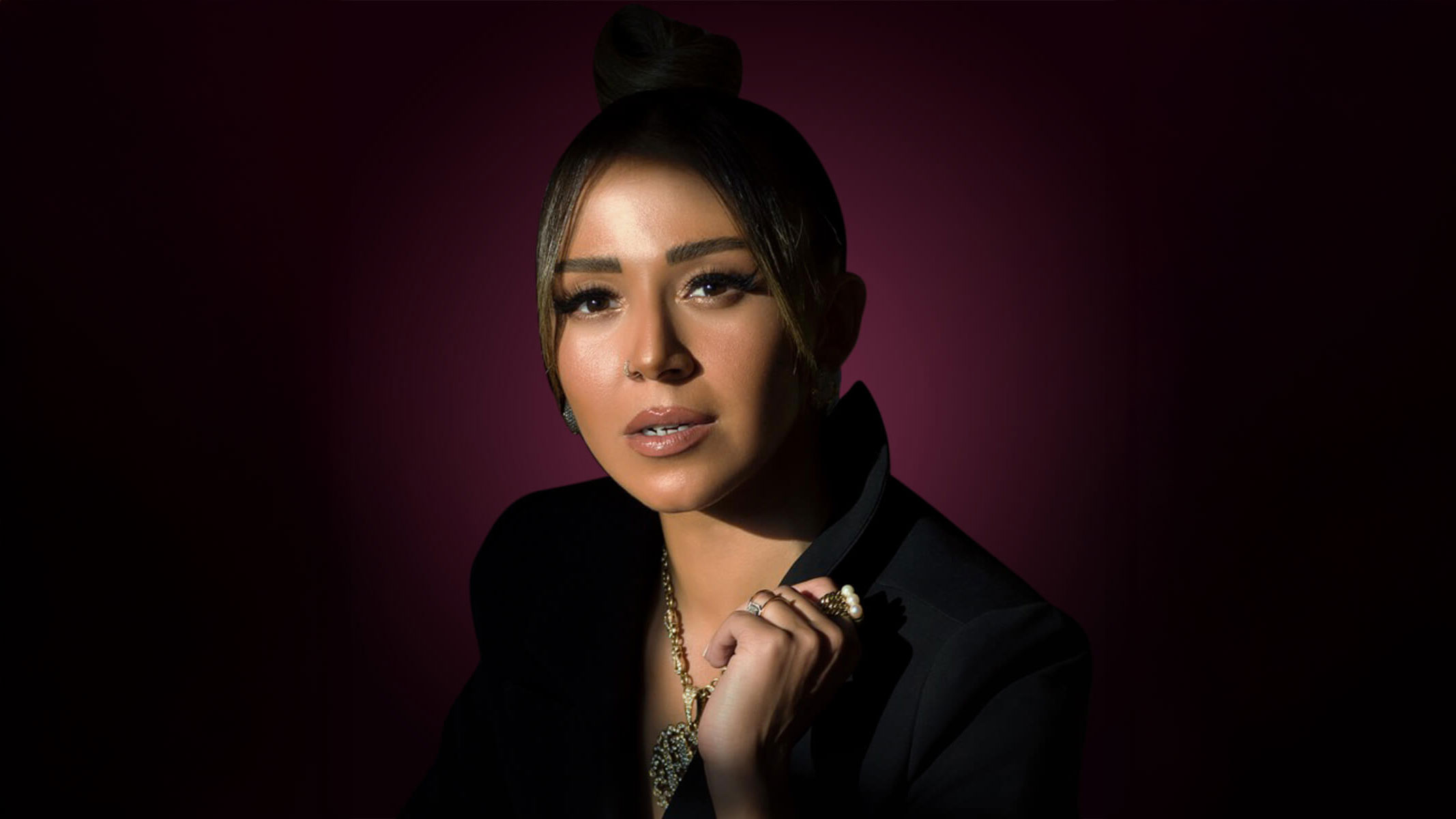Cairo has never been quiet. Even its silences hum — the long pause after a car horn, the breath between a call to prayer and the city’s next exhale. But for a generation of young Egyptians, silence became unbearable.
They found their voice not in politics, but in fashion — oversized hoodies, bold typography, ripped denim, bucket hats, sneakers scuffed from the city’s pavements.
This is Cairo’s streetwear revolution: a language of rebellion written in cotton and confidence.
1. The Birth of an Underground Aesthetic
It began in basements and bedrooms, with borrowed sewing machines and spray paint. “We didn’t have fashion schools that spoke our language,” says Ahmed Sabry, co-founder of UNTY, one of Cairo’s earliest streetwear brands. “So, we built one ourselves — in the streets.”
Founded in 2015 by Sabry and designer Mohamed El Alfy, UNTY started as a protest against uniformity. Its early designs mixed Arabic calligraphy with global pop symbols — street cats, old film posters, and lyrics from Egyptian songs.
“We wanted clothes that sound like Cairo,” El Alfy says. “Messy, poetic, alive.”
Their first drop sold out online in two days, and within a year, UNTY had become the uniform of Cairo’s creative underground — worn by skateboarders, filmmakers, DJs, and poets who felt unseen by traditional media.
2. Asphalt Dreams
In Maadi, another movement was brewing. Asphalt, founded by Omar and Kareem Waly, turned the simple black hoodie into an emblem of attitude. Their pop-up events blurred the line between fashion shows and block parties — music, dance, art, all pulsing under fluorescent lights.
“We wanted to show that Cairo has its own street culture,” Omar says. “Not copied from LA, not borrowed from Tokyo — ours.”
Their collaborations with graffiti artists and rappers — especially Wegz, Abyusif, and Marwan Pablo — brought streetwear to the mainstream. Suddenly, hoodies weren’t just clothes; they were identity statements.
In their latest collection, the word “Batal” (hero) is printed across jackets. “Because surviving here is an act of heroism,” Kareem says, grinning.
3. Fashion as Resistance
For many young Egyptians, fashion became a form of freedom in a city that often demanded conformity. “You can’t always speak freely,” says Yasmine Fathy, founder of Jil Wear, a gender-neutral label blending modest silhouettes with bold patterns. “But you can dress how you feel.”
In her studio, mannequins wear long coats with graffiti quotes stitched into their hems. Some read “Ana hena” — I am here. Others carry silent protests written in thread.
“We wear what we can’t say,” she smiles.
Her collections are sold mostly online, where Cairo’s Gen Z community thrives — connecting through digital drops, secret pop-ups, and rooftop fashion events announced hours before they happen.
These aren’t fashion shows. They’re gatherings — part music, part manifesto.
4. The Streets as Studio
Downtown Cairo has become the unofficial runway of this movement. In alleyways behind Talaat Harb, in parking lots near the Nile, photographers and stylists stage spontaneous shoots.
Old shop signs, cracked paint, and 1980s billboards become backdrops for portraits that feel both nostalgic and futuristic.
“We don’t need Paris,” says street photographer Nour El Masry. “We have Talaat Harb.”
At a recent pop-up in Garden City, models walked barefoot over carpets laid on the street, surrounded by graffiti murals. The crowd was a collage — DJs, filmmakers, NGO founders, students — all dressed in black and beige with flashes of color and metal. “It wasn’t a show,” Nour says. “It was a feeling.”
5. Streetwear as Storytelling
What makes Cairo’s streetwear scene unique is its narrative depth. Brands like KAI Collections, CXC, and Rebel Cairo aren’t just selling clothes — they’re documenting identity.
KAI’s recent campaign featured photos of young women wearing embroidered abayas while skateboarding in Downtown. The tagline read: “Move freely.”
Rebel Cairo’s capsule “We Grew Up on the Roof” was shot entirely on Cairo rooftops, with T-shirts printed with old satellite dishes and childhood memories.
“We grew up in a city where space was limited,” says founder Mostafa Nader. “So we built our world upwards — roofs became playgrounds, studios, lives.”
6. Global Recognition, Local Roots
Cairo’s streetwear movement has started catching international attention.
UNTY and Asphalt have both been featured in Highsnobiety, Vogue Arabia, and GQ Middle East. International stylists now reach out to collaborate on capsule collections.
Yet, the designers remain grounded. “We’re not chasing validation,” Ahmed Sabry says. “We’re chasing truth.”
There’s talk of a regional Cairo Streetwear Week in 2026 — not as a fashion week, but as a cultural festival merging music, film, and art. “It won’t be polished,” Omar Waly laughs. “It’ll be Cairo — loud, unpredictable, and real.”
7. The New Cairo Identity
What began as rebellion has evolved into identity.
Walk down any street in Zamalek, and you’ll see it — young people mixing global streetwear with Egyptian details: keffiyehs worn with denim jackets, galabeyas reinterpreted as long coats, Arabic slogans stitched onto baseball caps.
Cairo’s new generation isn’t asking for permission to exist. They’re designing existence itself.
“We’re not silent anymore,” says Yasmine Fathy. “We’re wearing our noise.”




